How to grow oregano from seeds at home
The exotic spice oregano and the common oregano (Origanum vulgare), familiar to many Russian housewives, are not just related herbs - they are the same type of plant whose leaves are used as a seasoning for pizza, Greek salad, and fragrant flowers are added to tea. Other names are often found: wild marjoram, zenovka, bee-lover, incense. About 55 species belong to the genus Oregano (Origanum). Most of them grow on the Mediterranean coast, some in the northern regions, where the climate is drier and warmer. Oregano is a common plant for central Russia, popular among gardeners due to the fact that it does not require special care.
Oregano varieties
The difference between the aromas of oregano and oregano is easy to explain: in the representatives of the Yasnotkov family, to which other popular spicy herbs belong - thyme, basil, mint, sage, there is often a change in smell even within one variety. Representatives of this family are often medicinal plants, and oregano is no exception: its stems and leaves contain vitamins, tannins, essential oils, and antioxidants. It helps with various viral diseases, lowers cholesterol, acts as a sedative.
Due to its many beneficial properties, oregano is widely cultivated as a medicinal plant in the United States. But it is possible to grow in the open field for decorative purposes due to the attractive foliage and flowers and then use it as an aromatic additive to tea or a seasoning for meat dishes. Wild oregano is often found in warm areas of the forest, in the lowlands, but it is not necessary to look for it and dig it up in order to settle it in your garden. The aromatic herbs of this family can be easily grown from seeds.
Advice
The aroma of oregano will not only fill the garden with a scent, but will also help ward off pests, including moths and cockroaches.
There are many new varieties of oregano that can withstand the harsh climates and are easy to maintain and maintain. They are able to please the amateur gardener with a rich, stable harvest. These hybrids surpass their wild fellow tribesmen in aromatic properties and look much neater and more attractive on the garden bed. Each of them can be used for different purposes: as medicinal herbs, to be added to salads and meat dishes, or as a decoration. Plants differ in size, color of leaves and flowers, stem height, bush shape.
Russian breeders have created several varieties of oregano that are resistant to temperature extremes and have a wonderful aroma.
- Caramel is a variety with high taste and aroma of foliage.
- White oregano is a small bush with small white inflorescences.
- The honey scent is a compact bush with purple inflorescences that have a strong pleasant smell.
- Hope is a short bush with emerald foliage and purple buds.
- Fairy is one of the highest yielding varieties with dark green leaves.
Foreign breeders have developed many interesting varieties, which can be grown in balcony boxes, pots and in the open field.
- Variety is a compact, narrow bush with golden foliage and snow-white fragrant inflorescences.
- Gold Tip is a small bush with pink buds and small leaves with golden tips.
- Beauty Kent is a decorative variety with unusual tassel inflorescences, the color of which changes from white to lilac. Suitable for pot and container compositions.
- Variegata is a small bush with variegated foliage with a white edging along the edge of the leaf.
- Herrenhausen is a German, profusely flowering hybrid with clusters of lilac inflorescences.
Growing from seeds
Oregano is an undemanding plant, its cultivation does not cause difficulties. Care for this species needs minimal, oregano easily tolerates harsh winters and grows well in summer, enduring drought and heat. This grass prefers a neutral soil, sandy loam soils with a good drainage layer are excellent. Swampy, overly humid areas should be avoided. Planting should be done in a well-lit area, otherwise the plant will not develop well.
Advice
Growing oregano is a little more difficult to care for than seed-grown oregano. Young shrubs need regular watering to take root better.
Growing from seed through seedlings is the most effective option for breeding oregano at home. Seeds are sown in pre-prepared bins in mid-March. If you follow the terms, the plant will bloom in the same year. But, if planting is delayed until the end of April, flowering is postponed until the next season. Planting containers must have drainage holes, since oregano does not tolerate stagnant moisture. For this purpose, you can use plastic cups or food storage containers.
The soil is prepared light and nutritious, with a little sand added. It is advisable to disinfect it with a pink solution of potassium permanganate or bake it in the oven - this measure will facilitate the care of the plants and help prevent seedling diseases. The mixture is moistened, compacted a little. Small furrows or holes are made in the soil in which the seeds are laid out. From above they need to be sprinkled with a small layer of soil, no more than 1 cm. After that, the boxes are covered with a film or a bag to create a greenhouse effect. The greenhouse is periodically ventilated to provide the seedlings with fresh air, remove excess condensation and, if necessary, additionally moisten the substrate.
When the first entrances appear, the film should be removed, and the ground should be carefully moistened. After the seedlings have a second pair of true leaves, they dive and sit in separate containers. Planting of March seedlings is carried out in May, while the distance between the plants should be at least 30 cm. Oregano obtained from seeds that were sown in May are grown in beds - they are planted at a distance of 20 cm from each other. Planting such grasses in open ground is carried out no earlier than the end of July. Rare varieties of oregano are preferable to propagate vegetatively - by dividing the bush, cuttings or layering - in order to preserve the characteristics of the mother plant.
Oregano care
Growing and caring for this aromatic plant is quite simple: young seedlings obtained from seeds should be watered and fertilized regularly. Top dressing is applied 2-3 times per season, using organic fertilizers for this, for example, a solution of mullein or bird droppings. You do not need to feed the bushes grown for decorative garden decoration.
It is advisable to loosen the soil around the bushes and remove weeds. In the second year of life, watering is slightly reduced - this helps to maintain the level of essential oils in the foliage. At the age of three years, oregano is able to grow on its own; the plant no longer requires special care. Formative pruning can be done if desired. Once every 5 years, it is recommended to transplant the bushes to another place, dividing the rhizomes.
So, oregano, or oregano, is a fragrant plant with medicinal properties. It can be used to decorate the garden and as a seasoning for various dishes. Planting and caring for oregano does not cause any particular difficulties for amateur gardeners.The best way to acquire this useful plant on your site is to grow it from seeds.
There are many varieties of oregano of Russian and foreign selection that can not only fill the garden with the scent of beautiful flowers, but also decorate flower beds, containers or hanging pots. Many of them take root well in the open field and can grow in one place for many years without requiring special attention. In the early years, it is enough to regularly water and fertilize the bushes; after three years of age, oregano can grow on the site on its own.
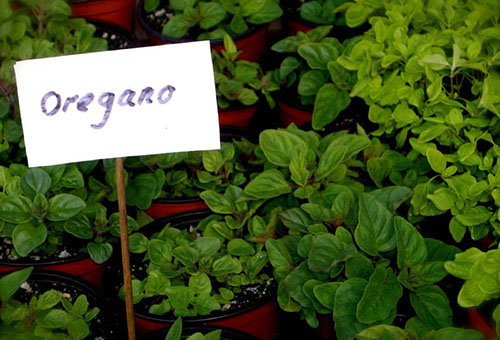
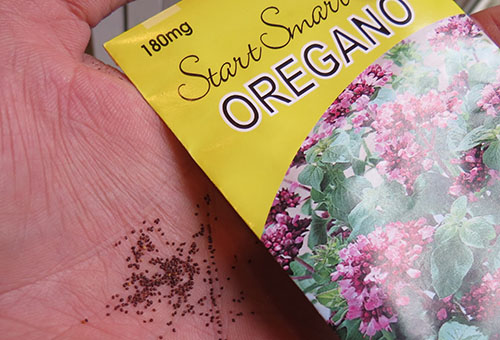
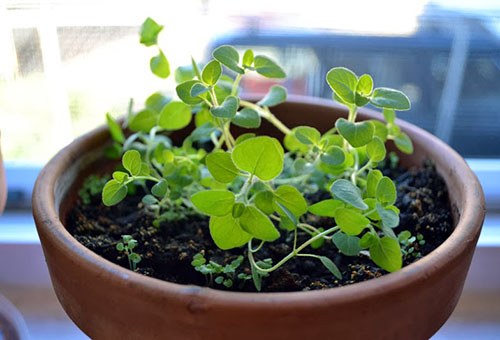
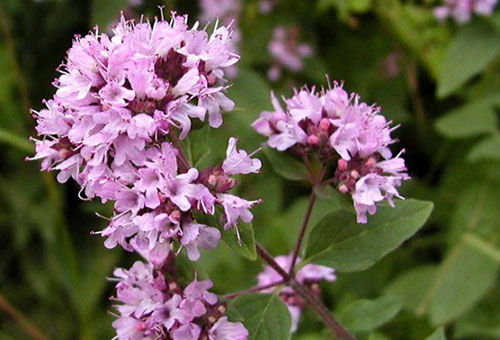
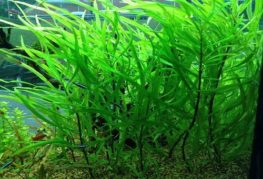
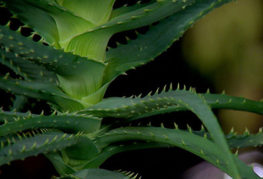

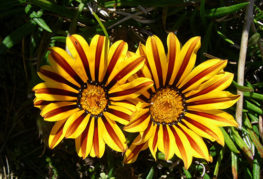
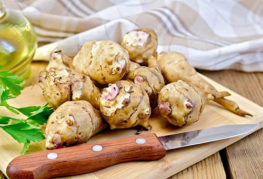
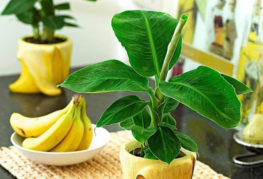
and will be published shortly.